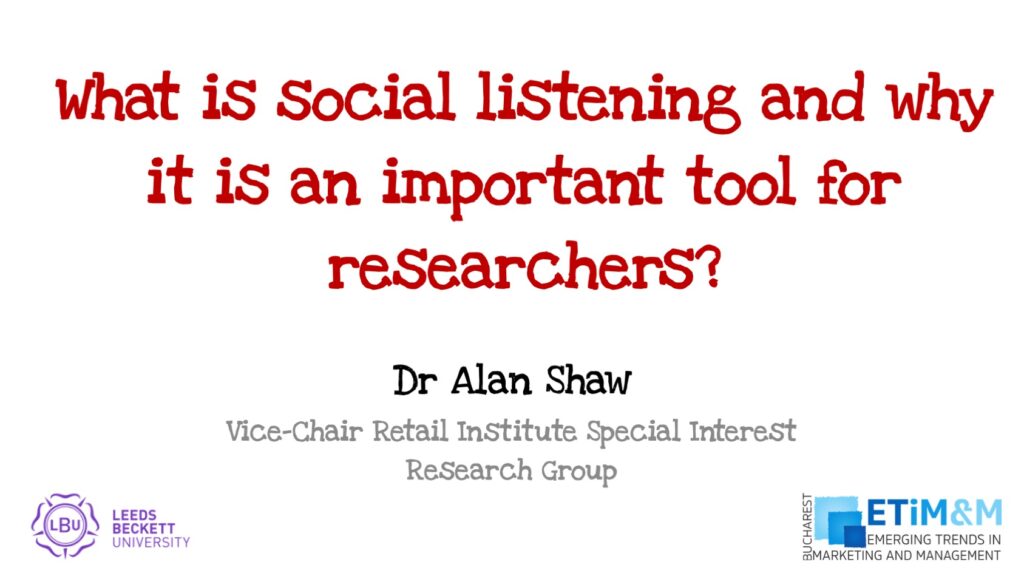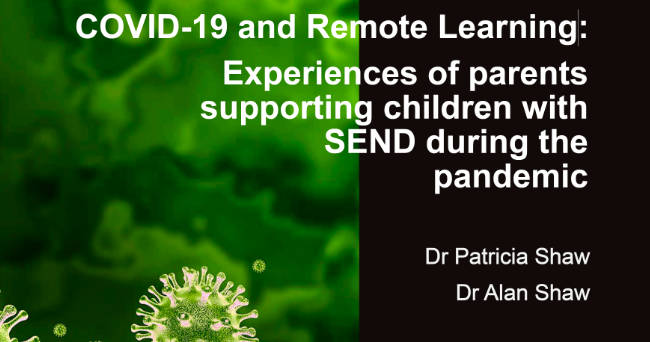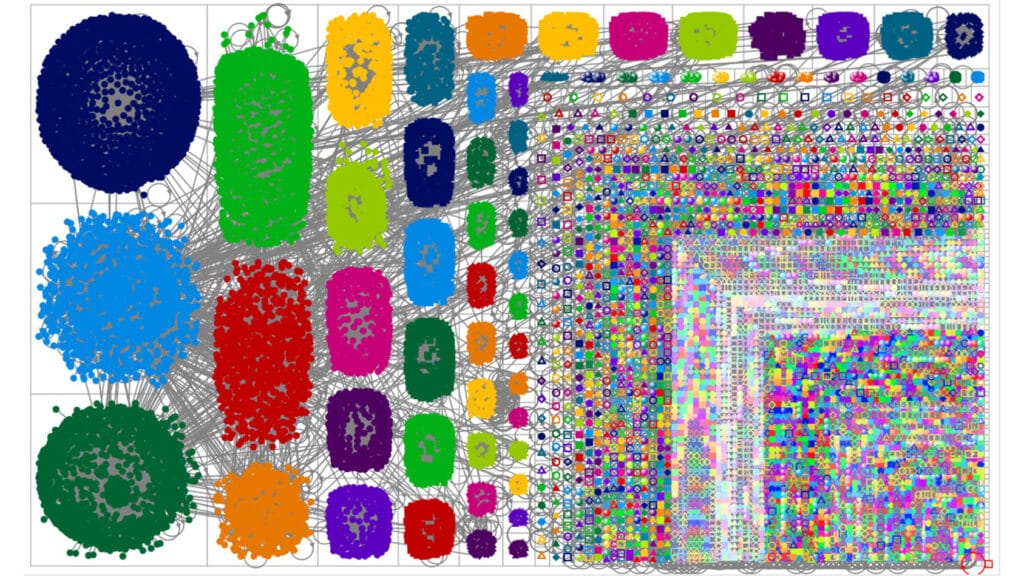This evening I will be running a workshop on how to achieve an effective promotional mix for the Chartered Institute of Marketing in Market Weighton. The objective is to demonstrate to the SMEs attending how they can effectively communicate their products and services to their desired market place.
We start by asking “what is the promotional mix”? Well the Chartered Institute of Marketing define it as:
“The set of tools that a business can use to communicate effectively the benefits of its products and services to its customers” (CIM 2009)
I personally feel that this is only part of the answer because in reality you can also use the promotional mix to communicate with staff and other stakeholders. It is also worth highlighting that the promotional mix is not the marketing mix, it is merely a subset that focuses on communication and is made up of:
- Advertising.
- Public relations.
- Sales promotion.
- Direct marketing.
- Personal selling.
- Web presence.
- Social Media.
Most of today’s literature will state that the promotional mix will only consist of the first five elements of the list above. I personal believe that your web presence and social media are two new and important aspects of promotion that need to be included. We can all no doubt recognise the demise of the Yellow Pages following the introduction of the internet and the growth of social media, so as a means of communication your web presence and the use of social media should be considered as distinct categories.
We must never underestimate the importance of the promotional mix because if our (potential) customers do not know what deals, products or services we have on offer, how can we expect our businesses to grow? What I will now like to do is go through each element in detail then review how to create the right balance of the mix to suit your organisation:
Advertising.
Advertising can be split into two categories, traditional and digital. I have written a separate article on advertising that you may find interesting (it can be found here). As a quick summary we can say that traditional advertising refers to those campaigns using TV, radio, newspaper, magazines and posters. The choice of these options will depend on your target market segment and available budget. As an example national fast moving consumer goods are best suited for TV but local niche product can gain exposure through the local newspapers or posters and fliers.
Digital advertising refers to the multitude of channels that are available through the world wide web and telecommunication platforms. The great thing about digital advertising is that it can target individuals through their geographical location, their behaviour and/or their demographics. It can be argued that digital advertising is a more effective and efficient way of targeting individuals: you do however need the resources with the skills to be successful.
Public relations.
Public relations (PR) is all about managing your reputation. You may think that as a small company it does not apply, but you will be wrong. You just have to look at the many different social media platforms to realise that an organisation’s shortcomings can quickly be broadcasted to the world! This means that you should have a process manage it. PR is not just about the bad things. You should be promoting all the good things that you are doing too.
Managing PR is not easy, many organisations opt to outsource the process because you need the contacts in media to be successful. If you can’t afford this then you should adopt the following basic steps:
- Create a simple Press Pack (make available to down load on your website). It should have information about the company or brand you are promoting and pictures that you want using.
- Develop a PR schedule, listing the key dates that are relevant to your brand, who the message should be targeting and what the messages should be.
- Develop a crisis plan so that you and your staff are clear about what they should do when things go wrong.
Sales promotion.
Sales promotion is the process that supplements your advertising campaigns. It should be designed as an activity that focuses on a specific window of time. Good examples of sales promotions are:
- Buy one get one free, which you will often see at supermarkets and are always set for a limited period.
- Early bird meals, mostly offered by restaurants who provide discounts to customers if they eat between a specific time.
- Sales, when a retail outlet has come to the end of the season and is preparing for its new collection.
Don’t get confused by the differences between sales promotion and advertising. Most companies will do both, the main difference is advertising focuses on differentiating the brand where as sales promotion is about maximising sales.
Direct marketing.
Direct marketing is a form of promotion that sends specific messages directly to a potential or existing customer. These messages can be in digital or hardcopy formats. The primary channels are:
- Post.
- E-mail.
- Telephone.
Companies are now also experimenting with Short Message Service (SMS or Text messaging). Some are using Bluetooth platforms but I think that the real growth area will be through social media.
Direct marketing is meant to be a highly regulated area: consumers should only receive information if they have opted to do so. Unfortunately many companies ignore this legal requirement and flood the channels with unwanted spam: don’t let yourselves be one of them.
Personal selling.
Personal selling uses individuals to promote the message to the target market. It is a common way of doing business in the B2B sector but we must not forget that it is also an important process for B2C selling: shop assistance and waiters/waitresses can have a real impact.
Personal selling can be an expensive process, particularly if the sales force is furnished with cars, phones and laptops. To be successful in this channel you must provide the individuals with a comprehensive training programme. You should also have a way managing the progress of each member, particularly if they are acting on their own over large geographical areas.
Web presence.
As mentioned earlier, an organisation’s web presence is now the single most important platform of communication. It can provide users with a wealth of information about the organisation. The cost of developing websites has fallen dramatically over the last ten years, many individuals (particularly SMEs) opt to produce it themselves. If finances are very tight you could even restrict your web presence to one of the many Social Media platforms.
Social Media.
Social media is final channel we will consider. It is a great way to communicate with your target market and in theory it is relatively cheap (although some larger organisations may have substantial budgets allocated to this channel because of their use of external agencies to manage it for them).
To gain a real in depth understanding of social media please refer to this article.
The Importance of the Promotional Mix.
We should not underestimate the importance of the promotional mix as it is a means of keeping the brand name at the top of the target market’s mind. This helps generate sales and profits. It is also a way to counter any negative information about the brand.
How to Use the Promotional Mix.
Not every element of the promotional mix will be relevant to all organisations. The trick is to balance the use of the channels to maximise the communications impact: using one channel on its own will rarely result in success. Ultimately the balance of the mix depend on the target market, resource availability, skills and funding.
As a simple rule:
- Set your communication object.
- Make sure you know whom you are going to communicate with.
- Is the communication going to be one or two way. Remember communications is not just about pushing information out, sometimes you may require some form of feedback. You should also consider if here is to be a “call to action”, if there is one make sure that the process works. Not every campaign needs a call to action, some are simply designed to simply promote the brand.
- Develop the message: make sure it is appropriate for the desired audience, it fits with the brand image and is sensitive to the current environment. Message development is a skill with different channels requiring different types. As an example the “Hard Sell” message on social media platforms rarely work, they tend to alienate the followers.
- Set your budget, how different is to the rest of the industry. Table 1 is an example of the promotional spend for different industries. You should try to at least mirror the spend of your competitors. Have a plan for the year and monitor the impact of each campaign.
- Measure the impact of your campaigns.
Nothing that I have said here is “rocket science”, the whole process is relatively simple. The biggest problem you will no doubt face is the freeing up of resources to do this. You will not believe the number of companies that I have worked with that find themselves stuck in a rut “fighting fires” instead of adopting simple business processes.
Here is the link to the interactive presentation:
Alan Shaw
Latest posts by Alan Shaw (see all)
- What is social listening and why it is an important tool for researchers? - July 31, 2021
- COVID-19 and Remote Learning: Experiences of parents supporting children with SEND during the pandemic. - June 30, 2021
- Using Netnography To Evaluate The Launch And Collapse Of The European Super League - April 21, 2021
- Developing Semi-Structured Interview Questions: An Inductive Approach. - April 9, 2020
- Developing Semi-Structured Interview Questions: A Deductive Approach - April 9, 2020















